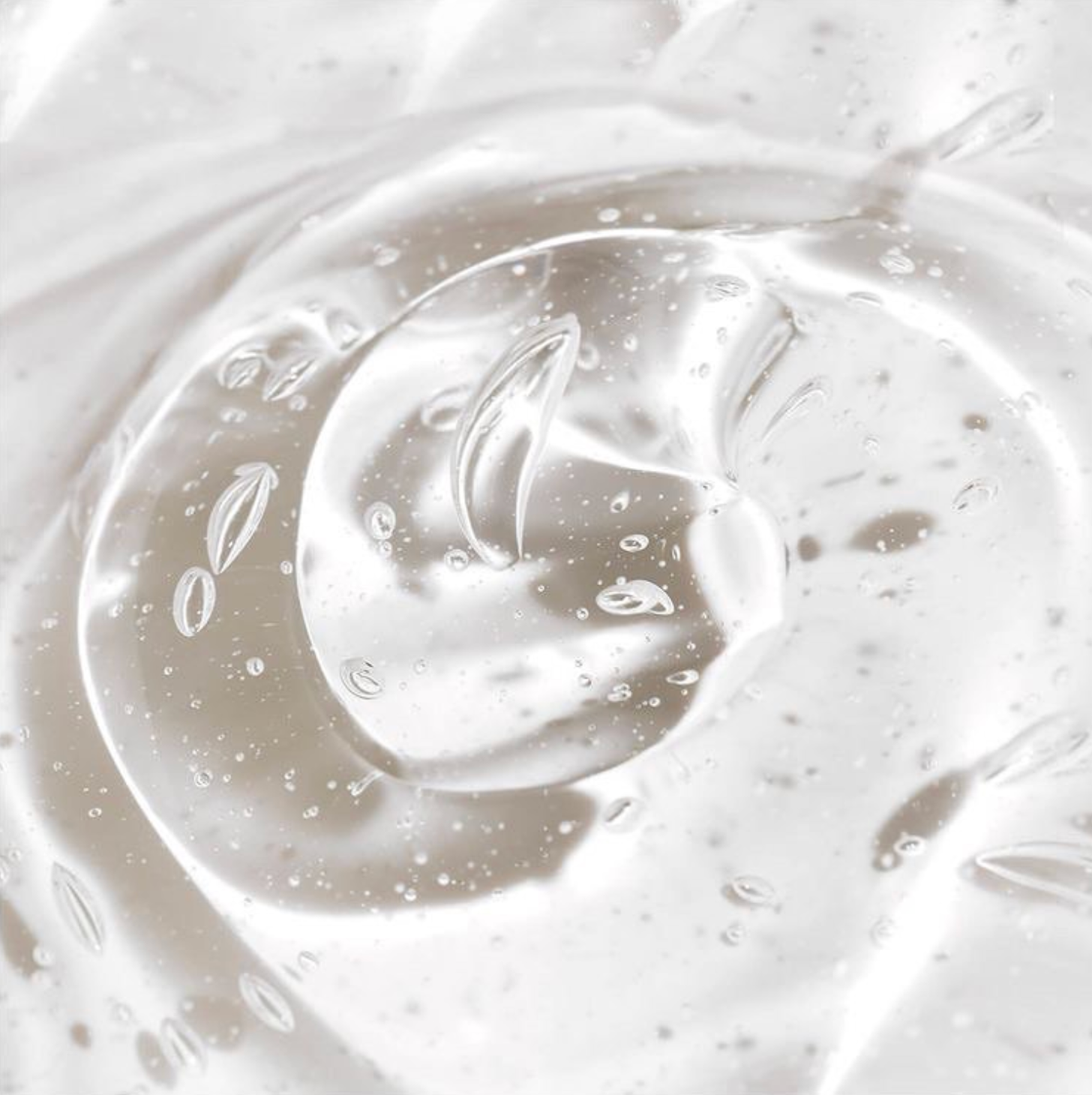
oily skin: causes, treatment and tips
Oily skin is characterized by the accumulation on its surface of excess sebum, a substance secreted by sebaceous glands. Sebum is composed of triglycerides, diglycerides and monoglycerides (fatty acids linked to a glycerol motif), wax esters, squalene (very sensitive to oxidation) and sterols (eg. cholesterol). Sebum is secreted by sebocytes through a process of cell differentiation and lipid synthesis or accumulation, called lipidogenesis.
Lipidogenesis is dependent on many factors (hormones, food, pharmaceutical active ingredients, xenobiotics, etc.), which can be identified in in vitro experiments. Mature sebocytes undergo apoptosis and burst to release sebum, which travels through the hair follicle to the skin surface. Sebum lubricates the hair follicle and spreads over the surface of the skin at the stratum corneum level.
An overproduction of sebum, called hyperseborrhea, is responsible for oily skin and greasy hair. In some cases, hyperseborrhea can also contribute to the development of acne prone skin.
Analysis of sebum components and free fatty acid
Our company has developed ready-to-use non-invasive collection kits to analyze the surface lipids and biomarkers of the skin from your samples, or from those of your clinical center.
The sebaceous lipids and the fatty acids that constitute the epidermis and scalp are sampled using two non-invasive sampling kits (SB Kit and SW Kit).
The analysis of the components of sebum and free fatty acids makes it possible to assess:
- The lipase activity of certain microorganisms in the skin microbiota
- Sebum regulation
- Inflammation – by quantification of pro / anti-inflammatory fatty acids
- Oxidative stress – peroxidation (peroxidized squalene), detoxification (CAT, SOD)
- Anti-microbial activity
- The qualitative and quantitative composition of sebum


